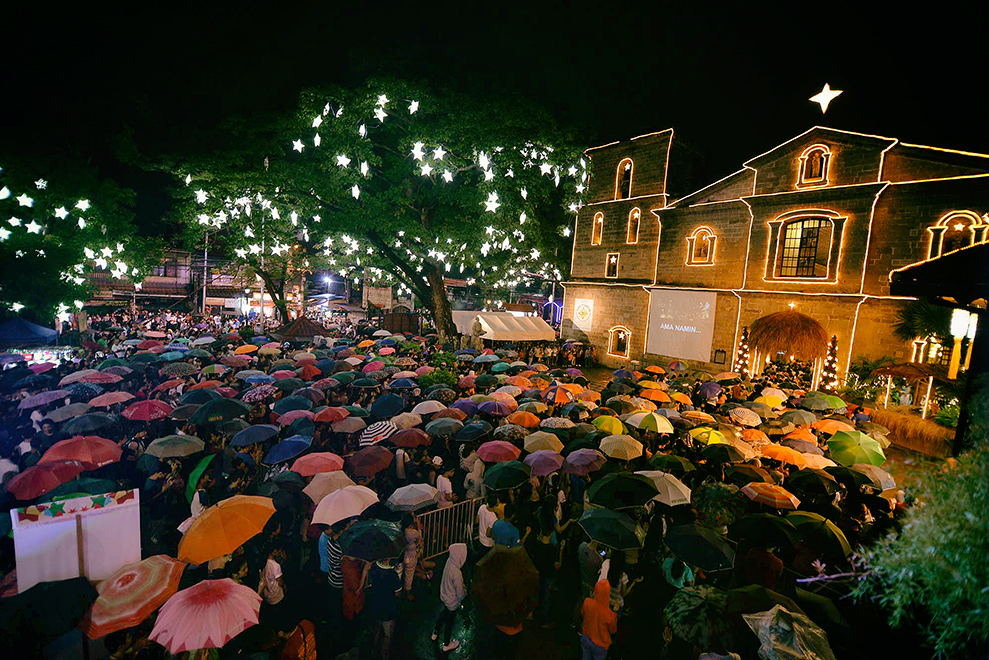In the well-loved story by Dr. Seuss, a fictional character called “Grinch” is purportedly repulsed by the Christmas season due to its jubilant atmosphere, full of merriment, singing and family togetherness. This figure has become such a household name that real-life individuals who act grumpy during the holiday are labelled as “grinches”.
The Philippines is an uninhabitable place for grinches, since during the Christmas season the entire country is immersed in the joyful aura that the celebration brings. The commemoration of the holiday is so widespread, that signs of the 25th of December looming is evident in all aspects of day-to-day life from entertainment, to the economy and even in political discourse.
This is what separates the Philippines from the rest of the world in celebrating the Christmas tradition, it is not merely a single-day holiday but a season tantamount to winter or summer. Once September comes around, people begin behaving differently.
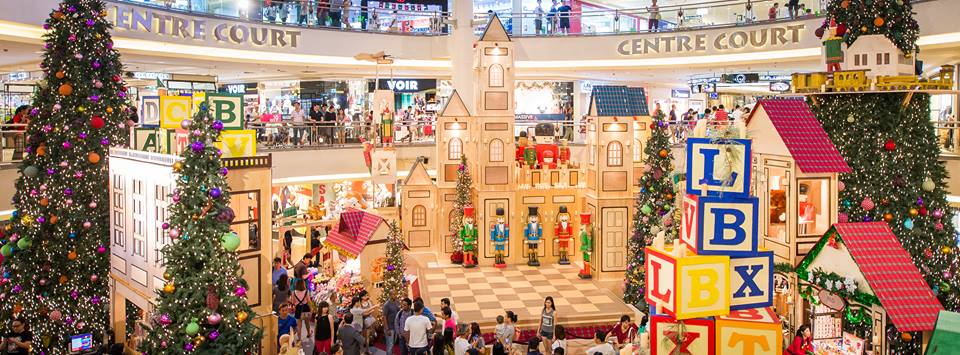
That is not a typo, the Christmas atmosphere becomes apparent once the -ber months arrive starting with September. The signs can be seen with retail stores advertising “Christmas deals” and paraphernalia related to the holiday, such as Christmas lights or gift wrappers, are suddenly being displayed prominently in the shop.
Perhaps the most pervasive indication of the looming holiday is the non-stop Christmas songs being played in nearly every commercial establishment, from shopping malls to banks. Songs give an undeniable psychological effect, and by playing these carols consumers are undoubtedly put into the holiday mood.
While the rest of the world officially celebrate Christmas on the 25th of December itself, Filipinos formally begin their observance on the 16th of December – nine days prior. Religion plays a major role in the lives of many, hence it is expected that their holiday commemorations also start with church service.
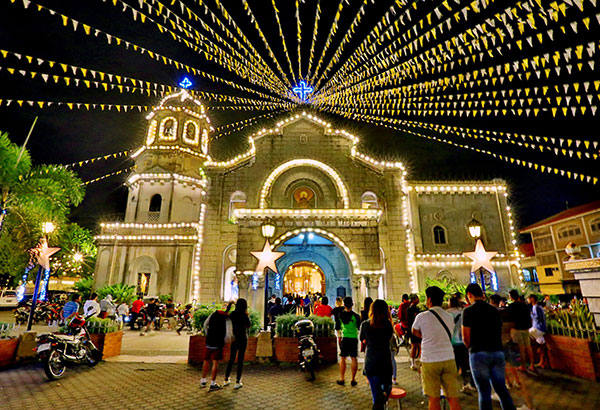
The Simbang Gabi (night mass) tradition starts nine days before Christmas day and involves going to church at an atrocious hour, often around 4-5 in the morning. This traditional service originated during colonial-era Philippines, when farm workers were unable to attend evening Novena service due to fatigue from toiling the field beginning in the early hours of the morning. As a compromise, Spanish priests held church services in the wee hours of the morning – before the farmhands began work.
The tradition has been ingrained in Filipino culture, and is one of the distinct features of Philippine Christmas celebrations. It is popular not only among the elderly, but even Filipino millennials who would meet-up with their friends after service and begin their day very early. Many cafes and retail stores would open earlier than normal, to cater to consumers who are already roaming town centers.
The final iteration of Simbang Gabi is the Misa de Gallo, which is Spanish for “Rooster’s Mass”. Instead of holding the service at dawn, Filipinos would go to church just before midnight on the 24th – with the celebration finishing at the very first hour of Christmas day.
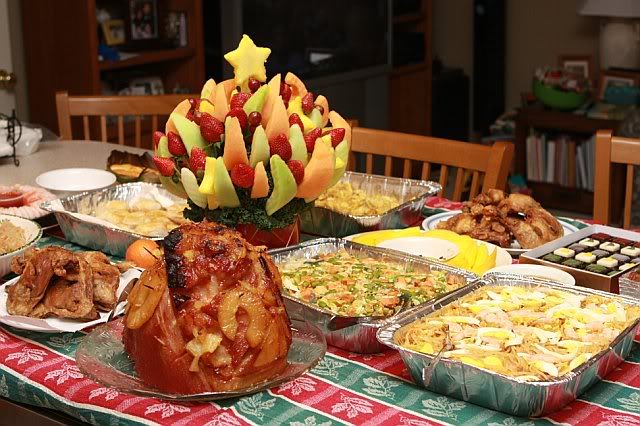
Finishing their religious obligations, Filipinos would return to their homes to hold the noche buena feast. This involves hosting a banquet of food and partaking in it with your family, topped off with copious amounts of alcohol and merriment such as karaoke. The exchange of gifts also takes place after the meal, and is important in fostering family bonding and sharing – two Christian ideals prominent during the Christmas celebrations.
Food is an integral component of Christmas celebration, and the indulgence continues to Christmas day when Filipinos partake of the media noche. This is another large banquet done during lunchtime of Christmas day, and is usually held with the extended family – from uncles and aunties, grandparents to distant cousins. This is an opportunity to reconnect with family you rarely see.
In other parts of the world, Christmas decorations are taken down after the 25th. In the Philippines doing so is considered abnormal since the season does not end until the first Sunday after the 1st of January – the feast of the Epiphany.
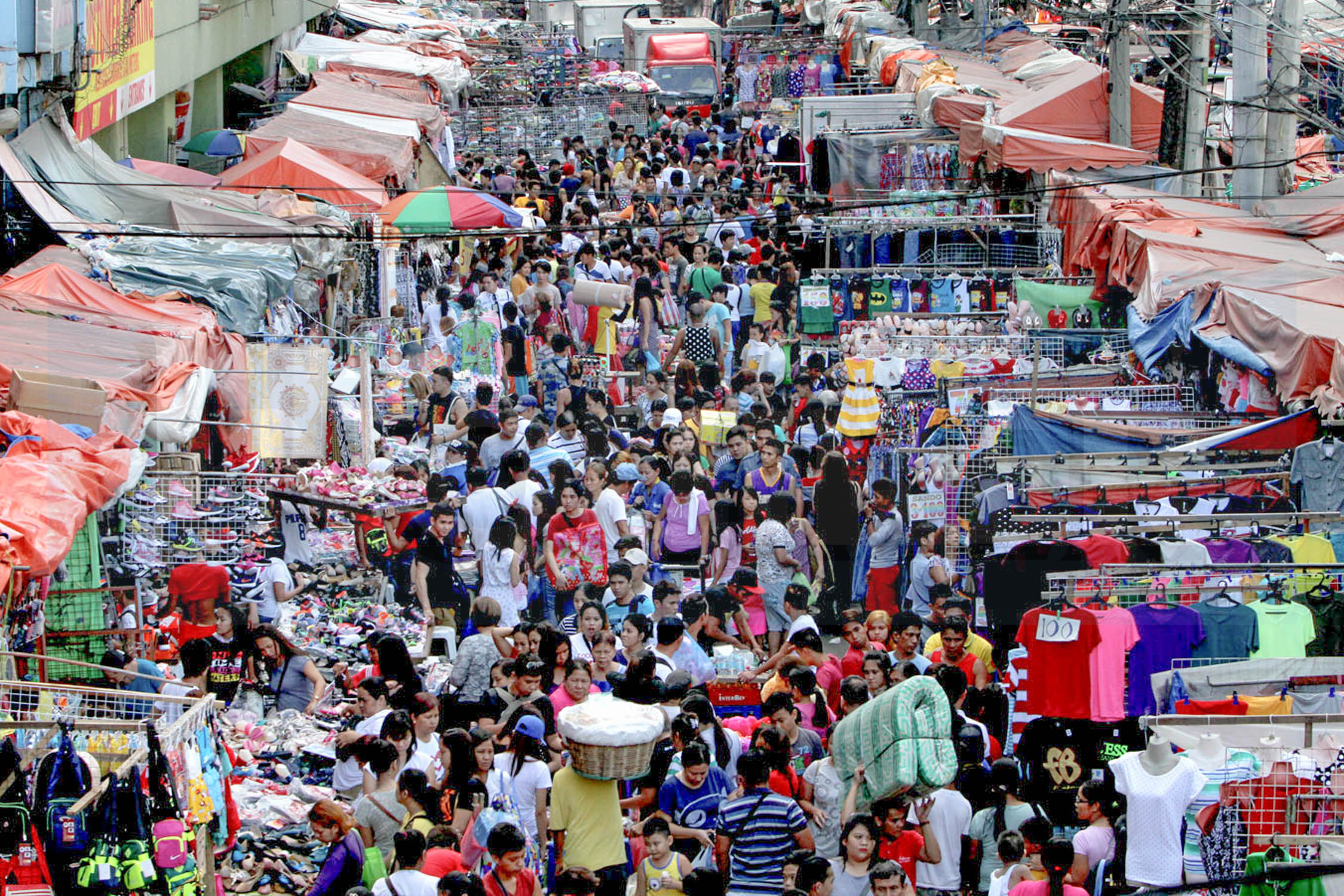
Until that time, the country is still gripped with Christmas spirit and the city still looks as though they are awaiting for the 25th of December to arrive. This lengthy observance of the festive season makes Filipino Christmas the world’s longest, and also gives the country’s brand of celebration a unique distinction.
The repercussions of this particular commemoration include much stronger family ties than many other countries, but also spurs the economy with an accelerated consumer spending and increased productivity with stores opening much earlier at dawn. Not only that, it is also legally mandated by Philippine labour laws that employers provide a 13th month pay – an added bonus for employees at Christmas that is equivalent to a month’s salary. This increase in a consumer’s disposable income allows them to demand more, thus further boosting trade.
It is common for consumer demand to see a surge during Christmas, it is after all a consumerist tradition just as much as it is a religious observation. But consumerism is not the only thing that increases at Christmas in the Philippines, family bonding and community life also flourish during this holiday – one which stretches for a much longer period than the rest of the world. This is a unique feature and one which separates the Philippines from the rest of the world.

